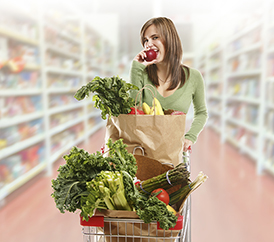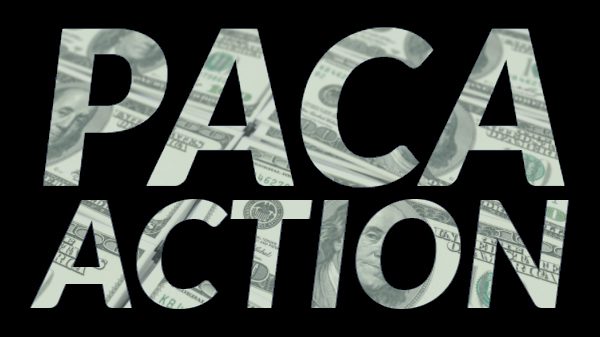Welcome to Blue Book!
Are you ready to join the thousands of companies who rely on Blue Book to drive smarter decisions? View our plans and get started today!
Still have questions? We’d love to show you what Blue Book can do for you. Drop us a line– we’ve been waiting for you.

Publix tried online ordering and delivery back in 2001; its Publix Direct service reportedly lost millions of dollars and was abandoned in 2003. “We found that customers still enjoyed coming to our stores,” comments Maria Brous, Publix’s director of media and community relations.
But things may have changed over the last decade. Shipt, a startup not affiliated with the store, launched an online order and delivery service from Publix in 2015. When it debuted last August in Tampa, Shipt was unable to meet the unexpectedly high demand, because of too few ‘pickers’ or personal shoppers.
What’s different now? For one, millennials, who are all about expediency and convenience. “Millennials and Generation Z are much more inclined to purchase everything, including food and beverages, online,” Grinstead says. He points to technology and the Internet of Things as helping pave the way for online retailers as well.
Amazon also offers its Dash Button—a Wi-Fi connected device that reorders favorite items with the press of a button. One-third of Peapod’s orders come from mobile devices. With Peapod’s apps, consumers can search for recommendations, sort by price, and filter responses for allergies, sodium content, calories, and ingredients. Unlike Webvan, Peapod has grown slowly. “Peapod has stayed the course conservatively,” observes Grinstead, “many other players came and went.” The question remains as to whether these models can be profitable in a low- margin business. “The main challenge with home delivery is cost; the last mile of distribution is incredibly expensive,” Grinstead notes. Many retailers, like FreshDirect, which claims to have been profitable since 2008, operate in densely populated cities to keep transportation costs down.
Amazon may be able to absorb the cost of selecting and delivering fresh produce and other groceries due to its mass. Like Walmart, the online giant also may be banking on the “food-drives-frequency” theory to spur higher-margin merchandise sales. The average American shops about twice a week for groceries. Millennials make even more trips than average, according to a Food Marketing Institute study.
Amazon is also tying grocery delivery to its membership program, Amazon Prime, and similar membership models are gaining traction among many retailers. For one, membership provides a ready revenue stream. Additionally, members spend more and are loyal. Amazon Prime, launched in 2005, is estimated to have 44 million members. About 40 percent of Prime members spend more than $200 on Amazon over a 90-day period compared to 13 percent of its non-Prime customers, according to Business Insider.
DEEP DISCOUNTERS: ALDI & LIDL
While online retailers are tapping into the portion of the population that wants fast, convenient, on-demand services and is willing to pay for it, the growing gap between rich and poor and the middle class squeeze has opened the door to ‘disruptors’ or deep discounters. German retailers Aldi and Lidl are poised to give hi-lo and EDLP (everyday low price) grocers a run for their money.




